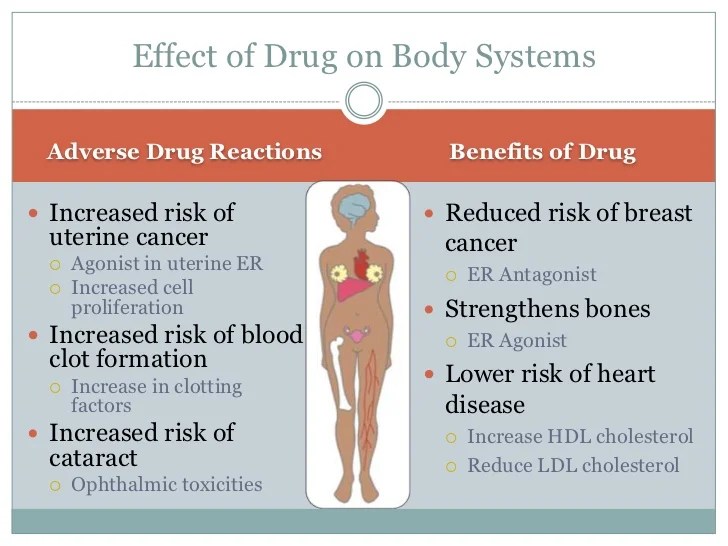Tamoxifen side effects are a crucial aspect of understanding this medication, often prescribed for breast cancer treatment. While tamoxifen effectively blocks estrogen receptors, it can also cause a range of side effects, from mild and manageable to more serious concerns. This article aims to provide comprehensive information about these side effects, helping patients and their healthcare providers make informed decisions.
Tamoxifen is available in different forms, including oral tablets and liquid formulations. Its mechanism of action involves interfering with estrogen receptors, which play a role in the growth of certain breast cancer cells. Understanding the potential side effects is essential for both patients and their doctors to ensure the best possible treatment outcomes and manage any complications that may arise.
Patient Education and Support

Understanding the potential side effects of tamoxifen is crucial for patients undergoing treatment. Open communication with healthcare providers and access to reliable information can empower patients to manage side effects effectively and maintain a good quality of life during treatment.
Resources and Support Groups
Patients undergoing tamoxifen treatment can benefit from various resources and support groups. These resources can provide valuable information, connect patients with others who understand their experiences, and offer emotional support.
- Patient Advocacy Groups: Organizations like the Susan G. Komen Foundation and the National Breast Cancer Foundation offer resources and support for patients with breast cancer, including information on tamoxifen treatment and side effects.
- Online Forums and Communities: Online platforms like Breastcancer.org and Inspire provide forums where patients can connect with others who have undergone tamoxifen treatment, share experiences, and ask questions.
- Support Groups: Many hospitals and cancer centers offer support groups for patients undergoing breast cancer treatment, providing a safe space for patients to connect with others who understand their experiences.
Ongoing Communication with Healthcare Providers
Open and honest communication with healthcare providers is essential for managing tamoxifen side effects. Patients should feel comfortable discussing any concerns, questions, or changes in their health. This includes:
- Reporting Side Effects: Patients should promptly report any new or worsening side effects to their healthcare provider.
- Asking Questions: Patients should feel empowered to ask questions about their treatment, side effects, and potential management strategies.
- Seeking Support: Patients should not hesitate to seek support from their healthcare team for managing side effects and maintaining a good quality of life during treatment.
Side Effects of Tamoxifen: Tamoxifen Side Effects

Tamoxifen is a medication used to treat and prevent breast cancer. It works by blocking the effects of estrogen, a hormone that can help cancer cells grow. While Tamoxifen is an effective treatment, it can also cause side effects. Understanding these side effects can help you manage your treatment and make informed decisions about your health.
Common Side Effects
Common side effects of Tamoxifen are usually mild and often go away on their own. However, it’s important to talk to your doctor if you experience any side effects that bother you.
- Hot flashes: This is a common side effect of Tamoxifen. It occurs when your body experiences a sudden increase in temperature, which can cause sweating, flushing, and a feeling of warmth. Hot flashes can be mild or severe, and they can last for a few seconds or several minutes.
- Vaginal dryness: Tamoxifen can cause vaginal dryness, which can lead to discomfort during intercourse.
- Nausea and vomiting: Some people taking Tamoxifen may experience nausea or vomiting. This is usually mild and can be managed with over-the-counter medications.
- Weight gain: Tamoxifen can cause weight gain in some people. This is often due to fluid retention or changes in appetite.
- Mood swings: Tamoxifen can cause mood swings in some people. This is often due to the hormonal changes that the medication causes.
Serious Side Effects
While less common, Tamoxifen can also cause serious side effects. It’s important to be aware of these side effects and seek medical attention immediately if you experience any of them.
- Blood clots: Tamoxifen can increase your risk of blood clots, especially in your legs or lungs. Symptoms of a blood clot can include pain, swelling, and redness in your leg, shortness of breath, and chest pain.
- Stroke: Tamoxifen can increase your risk of stroke. Symptoms of a stroke can include sudden weakness or numbness in your face, arm, or leg, especially on one side of your body; sudden confusion, trouble speaking or understanding; sudden trouble seeing in one or both eyes; sudden dizziness or loss of balance; or sudden severe headache.
- Uterine cancer: Tamoxifen can increase your risk of uterine cancer. Symptoms of uterine cancer can include abnormal vaginal bleeding, pelvic pain, and lower abdominal pain.
- Liver problems: Tamoxifen can cause liver problems in some people. Symptoms of liver problems can include yellowing of the skin or eyes, dark urine, and abdominal pain.
Managing Side Effects, Tamoxifen side effects
There are several things you can do to manage the side effects of Tamoxifen:
- Talk to your doctor: If you experience any side effects, it’s important to talk to your doctor. They can help you determine the best way to manage your side effects.
- Lifestyle changes: Making lifestyle changes, such as eating a healthy diet, exercising regularly, and managing stress, can help to reduce the severity of some side effects.
- Medications: Your doctor may prescribe medications to help manage your side effects. For example, they may prescribe hormone replacement therapy to help with hot flashes or antidepressants to help with mood swings.
Monitoring for Side Effects
It’s important to monitor yourself for any side effects of Tamoxifen. This means paying attention to your body and reporting any changes to your doctor. You should also keep track of any side effects you experience, including when they started, how severe they are, and how long they last. This information can help your doctor determine the best course of treatment for you.
Navigating the landscape of tamoxifen side effects can be complex, but knowledge is power. By understanding the potential risks and benefits, patients can engage in open dialogue with their healthcare providers to make informed decisions about their treatment. Regular monitoring, prompt reporting of any changes in health status, and proactive management strategies are key to minimizing side effects and maximizing the effectiveness of tamoxifen therapy.
Tamoxifen, a medication often prescribed for breast cancer, can cause a range of side effects, including hot flashes, fatigue, and mood swings. Some women find that these side effects can be particularly challenging, especially if they also experience difficulties with concentration or focus. In such cases, it might be helpful to discuss potential management strategies with their doctor, such as exploring options like adderall xr , which can be used to address attention-deficit hyperactivity disorder (ADHD).
However, it’s important to remember that any medication, including adderall xr, should be used only under the guidance of a healthcare professional and after careful consideration of potential risks and benefits.